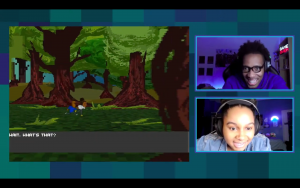
A mixture of Zoom live action, audience interaction and an old school video game, Darrel Alejandro Holnes’ Black Feminist Video Game is overfilled with levels. There’s light comedy, melodrama, politics, silliness, boldly underscored learnings and, yes, a two dimensional video game to conquer. “True men are feminists” is the mantra that concludes this journey.
Jonas (Christon Andell) is biracial and autistic. After an awkward introductory chat with the audience, he is on a Zoom date with Nicole (Starr Kirkland). Unfortunately he is replaying close ups of Kate Uptons’ breasts on a beach. Nicole, unsurprisingly, finds this behavior rude. Things break off between the two of them. Jonas laments “try dating on the spectrum and also being black.”
He wants to get Nicole back. Audience interaction continues with the question “Are you with me?” The answers available are Yes and No. The audience types in their choice. Yes is chosen. Jonas remarks “now let’s go get my woman.” That is the set-up.
On the way to the video game, Jonas will converse with various people including his mother (Constance Fields) and best online video game friend Sabine (Kyla Jeanne Butts, nicely grounded and realistic). She is the Death Trap Underworld Champion! She has some ideas about how Jonas can get Nicole back.
His mother is a nurse. She has to leave teenager Jonas home alone due to her nursing job. How’s the job today? “The ER is overflowing with protestors injured by the police.” That is a throwaway line. The play quickly moves on to spout comments like “I love ramen noodles” and showcase cartoon character imitations (which were fun).
Sabine decides to assist Jonas win the old video game his mom gave to him. Twentieth century American writer Audre Lorde is on hand to impart feminist wisdom. The game has four levels which indicate the teachings to follow: the Forest of Feminist Angst, the Coven of Many-Faced Mirrors, the Realm of Colorism and Peak Patriarchy. In that final level, Jonas must defeat “the Chauvinist Monster.”
Under Victoria Collado’s uneven direction, the video game portion begins as nostalgic and promises clever visuals. Like the rest of the play, however, things drag on and the heavy handed messaging uncomfortably coexists with humor. The technical elements are well executed, however.
In the end, Black Feminist Video Game swings at too many targets in obvious observations to be enlightening. There is never really meaningful dialogue with the live audience which makes these particular segments unimportant. The video game premise remains an interesting one and the one reason to take a peek and see if you can defeat the Chauvinist Monster.
Black Feminist Video Game is being performed live through May 2, 2021 and will be available on demand from May 3 through May 9th.


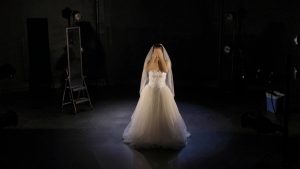
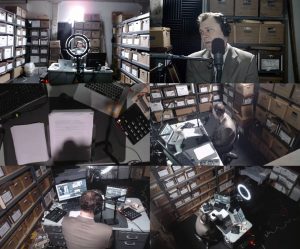
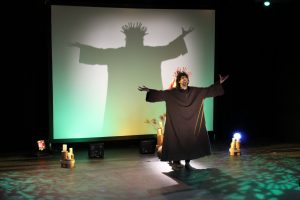
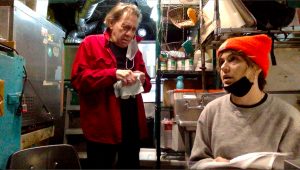

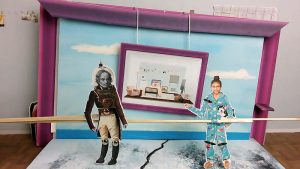


You must be logged in to post a comment.